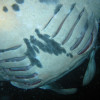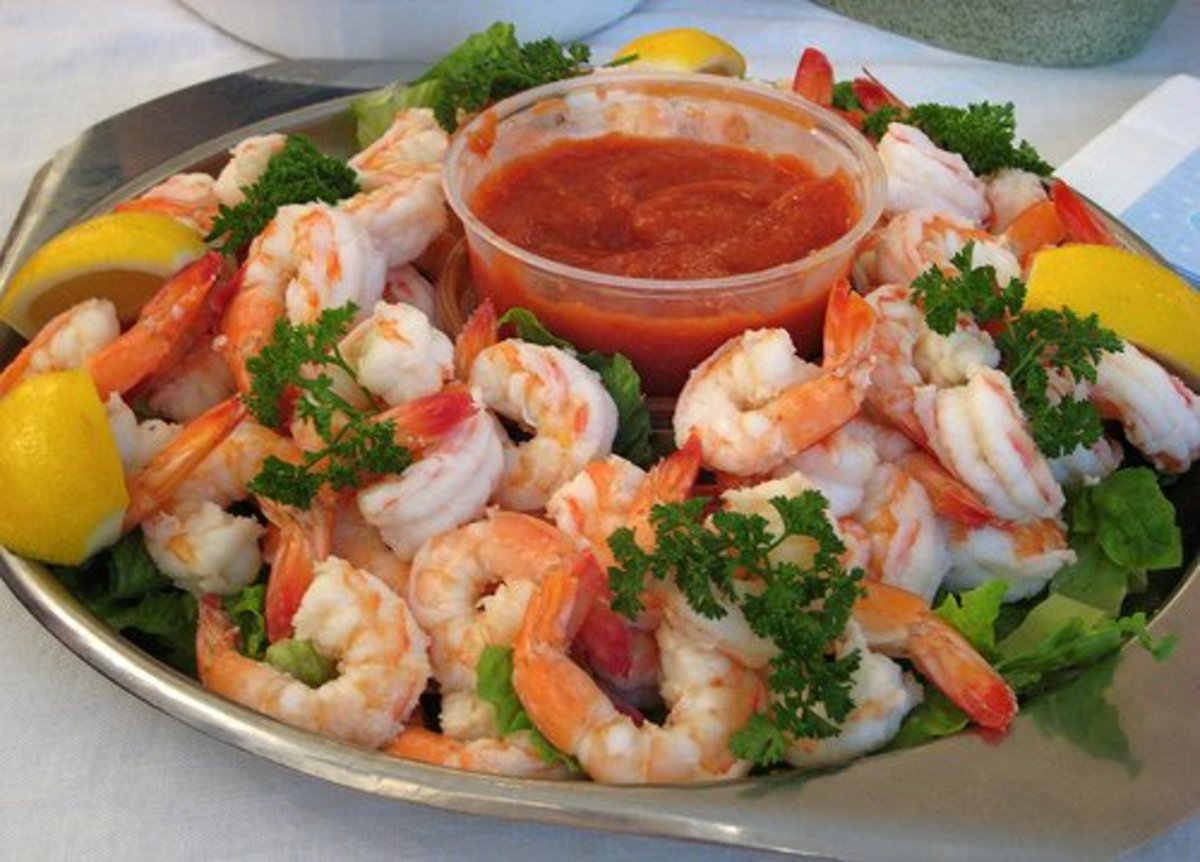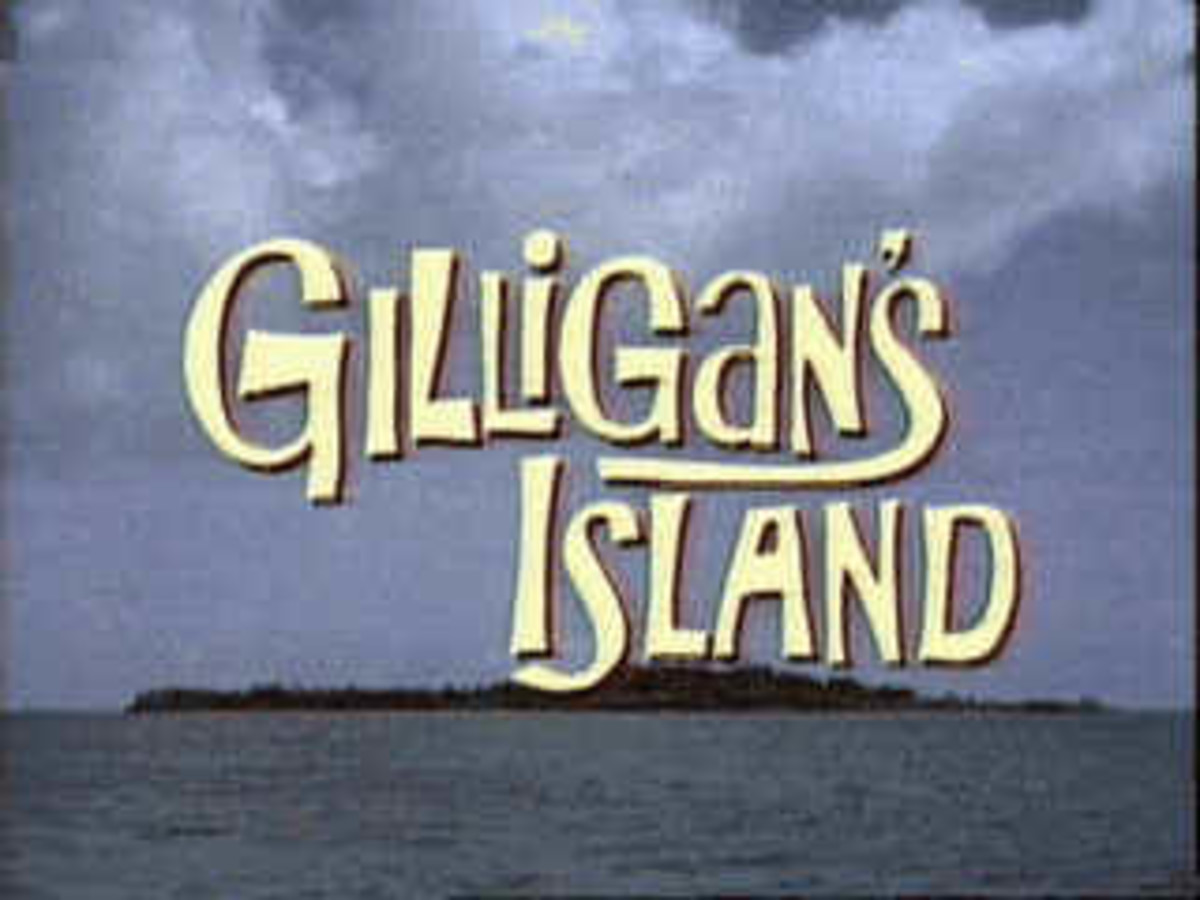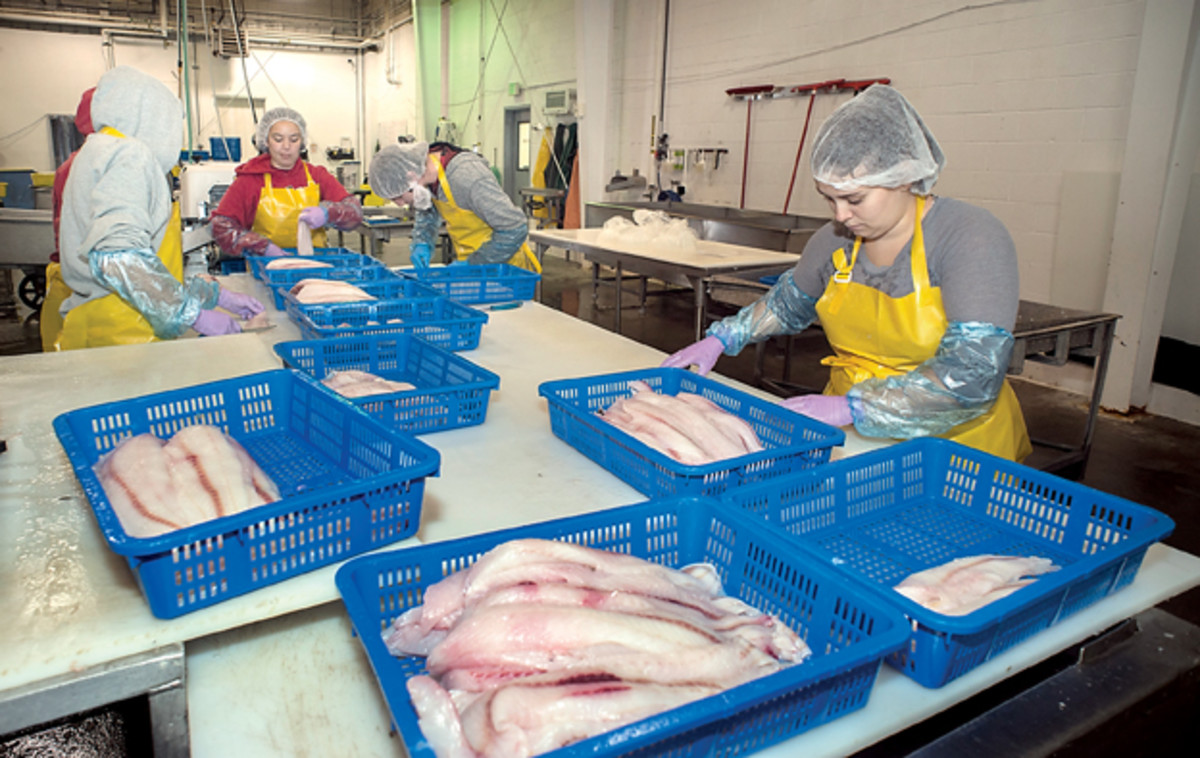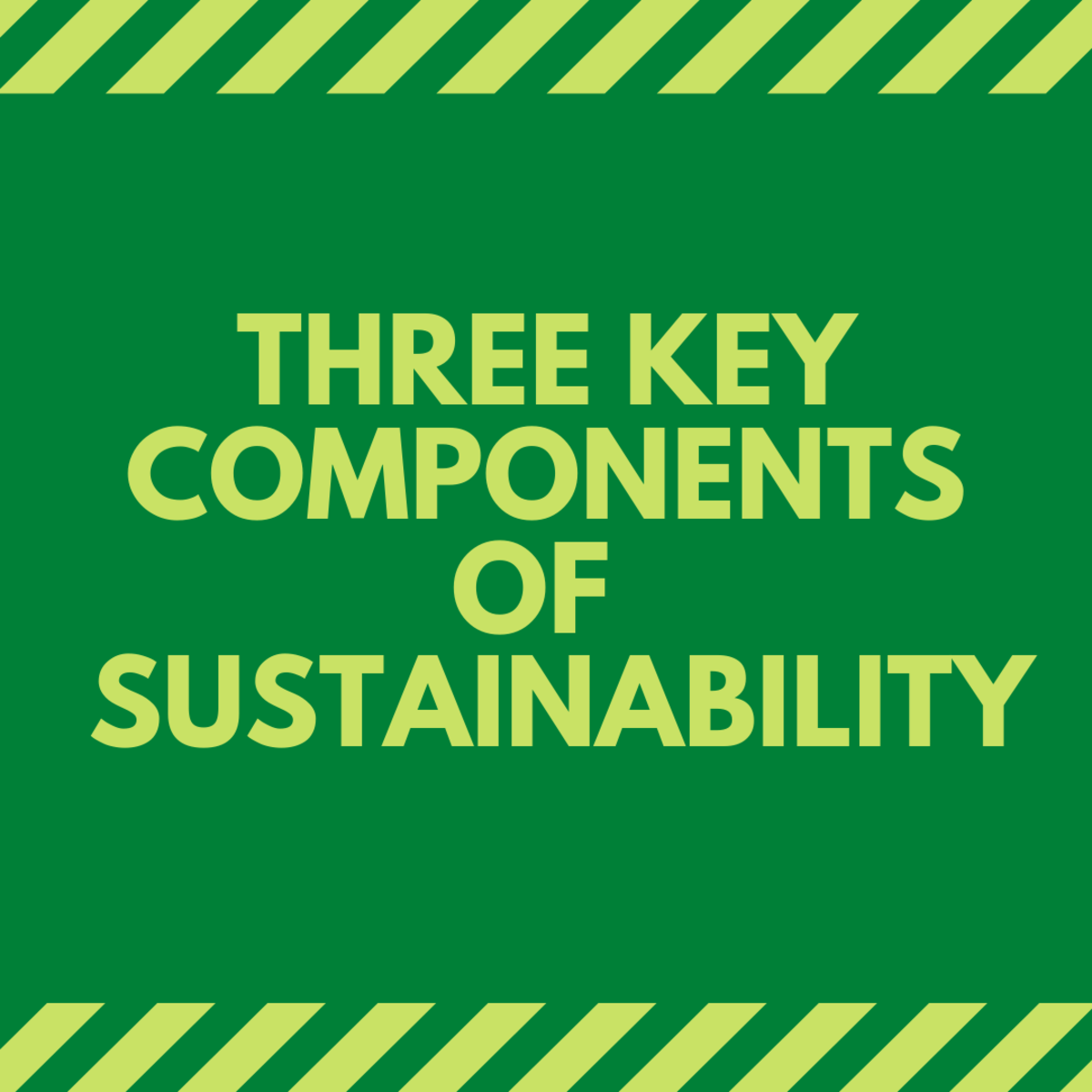Fishery Improvement Projects - on the way to sustainable seafood
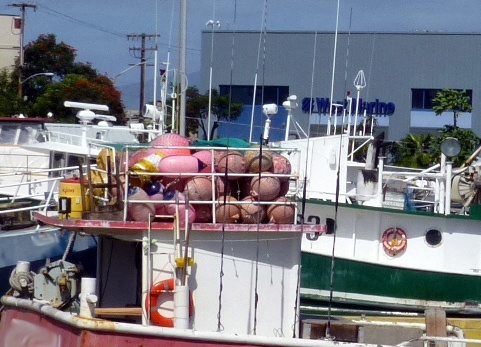
Due to the ever rising demand for seafood and prevailing reckless fishing practices, many marine species became over-exploited and population depleted during the last decades. Fortunately, it is not only in the interest of responsible consumers to increase the demand and push for sustainable fishing methods. Fisheries experience first hand how their supply diminishes and begin to realize that without maintaining a healthy fish stock, their existence is at risk. More and more are willing to improve their fishing methods and reduce environmental impact.
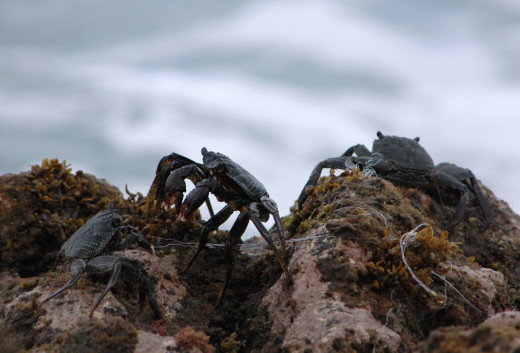
FIP
A fishery improvement project (FIP) is a well established method of helping fisheries to get on a sustainable track through reasonable actions and eventually on their way to certification. Becoming certified is in many cases a requirement for getting their products onto the shelves of retailers and wholesalers. A FIP is a usually a joint effort consisting of stakeholders like fisheries, processors, distributors, suppliers, environmental organizations, scientists, community groups, governmental agencies, etc.
Setting up a committed project team is usually the first step of a FIP. Independent experts like scientists and local experts are being consulted to preliminary assess the current status of the fishery and its level of sustainability. This pre-assessment evaluates the fishery towards a set of principles and performance indicators (see next paragraph about scores and certification). One of those indicators is for example the fish stock. An evaluation of the status could reveal that the fishery has so far insufficient records of size of their catch or data of bycatch species. This means that the fishery needs to improve catch monitoring and establish observer programs to build data bases. Another indicator is the environmental impact on the ecosystem. Surveys about potentially harmful gear need to be initiated which can give information on an adverse effect on the ecosystem. As a result, alternatives to destructive fishing methods that endanger the whole spectrum of species are being sought.
With the support of organizations or private consulting companies, which are most of the time the project leader, a detailed work plan based on the indicators is being developed. The plan identifies issues and suggests actions to improve the weak points. The specific actions should be realistic as well as traceable and measurable through regular monitoring. Over time, progress will become noticeable and the fishery will reach scores high enough to meet certification criteria.
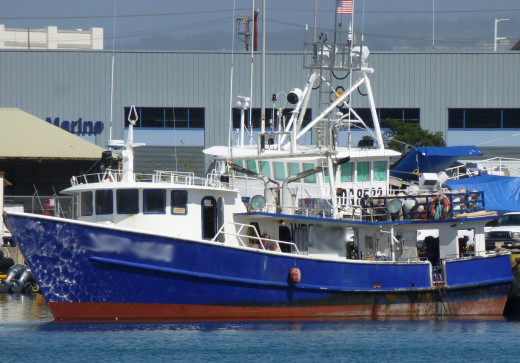
Certification
There is no unified standard or label when it comes to defining sustainability in fisheries. Several different rating programs have each developed their own criteria. This makes it harder for the customers and the seafood industry alike to make sustainable choices. However, the following lists the most established programs which are run by the Marine Stewardship Council (MSC), the Monterey Bay Aquarium (Seafood Watch), and the Blue Ocean Institute.
Marine Stewardship Council
MSC is a network of experts coming from different areas who developed a set of indicators that are grouped into three principles. First one is directed toward avoiding over-fishing and recovering of depleted stock (stock status). This means for the fishery adhering to a catch level that continuously ensures a healthy live stock with high productivity and, in case of depletion, allowing the population to recover and stock to rebuild. Second one takes the ecosystem as a whole as well as its diversity into consideration (environmental impacts). Thus, bycatch (especially the unintentional catch of endangered, threatened or protected species) needs to be minimized, in order to allow a natural balance between species. The third principle calls for governance and management. This includes steps for building a legal and operational framework, establishing long-term objectives, incentives for sustainable methods, non-destructive fishing practices, a research plan, monitoring and evaluation, and much more.
If indicators reach a score higher or equal to 80 during pre-assessment, the fishery is likely to get MSC certified. A score 60 to 79 means that the fishery can reach qualification under certain conditions – this is where fishery improvement projects come into the play. A score below 60 means the fishery would fail certification.
Others
Another well-established initiative is the Monterey Bay Aquarium Seafood Watch program. It evaluates towards its own set of four criteria which are similar to MSC principles: Impacts of the Fishery on the Stock, Impacts of the Fishery on Bycatch and Other Retained Species, Effectiveness of Fishery Management, and Impacts on Habitat and Ecosystem. It releases ‘Seafood Watch’ reports which are based on a variety of documents as well as on corporation with the fisheries and which are being reviewed by a panel of experts. These reports result in their famous color-coded recommendations in the pocket-guide: red label for ‘Avoid’, yellow for ‘Good Alternative’, green for the highest score or ‘Best Choice’.
The Blue Ocean Institute also uses its own indicators which are categorized into five criteria with eight sub items each: Life history (growth rates and egg production), abundance, over habitat quality and gear impacts, management (regulations to protect the fish and their ecosystem), and bycatch. Reports are created and peer-reviewed and color-coded recommendations provided.
More certification programs which use very similar criteria are from SeaChoice, Ocean Wise, Food Alliance, New England Aquarium, etc.
End of the supply chain
More and more seafood sellers seem to change their policies (on paper at least) and reach out to more sustainable sources. Retail giants like Walmart or Sam’s Club claim on their website to only obtain wild-caught products from suppliers who are certified to MSC or equivalent standards or actively in the process of getting there. MSC certified seafood products are also top choice of Whole Foods Market, which only offers seafood products that was rated green and yellow by the Blue Ocean Institute and Seafood Watch. Target also announced to sell only sustainable and traceable seafood in its stores by 2015. Costco, Trader Joe’s and Safeway have goals of shifting to sustainable sources and eliminating species from their shelves that are being over fished.
Fishery improvement projects offer an effective way of increasing sustainable seafood choices in our supermarkets. They help fisheries to analyze unsustainable practices and reach certification by implementing a thought through action plan which tackles the weak points.
